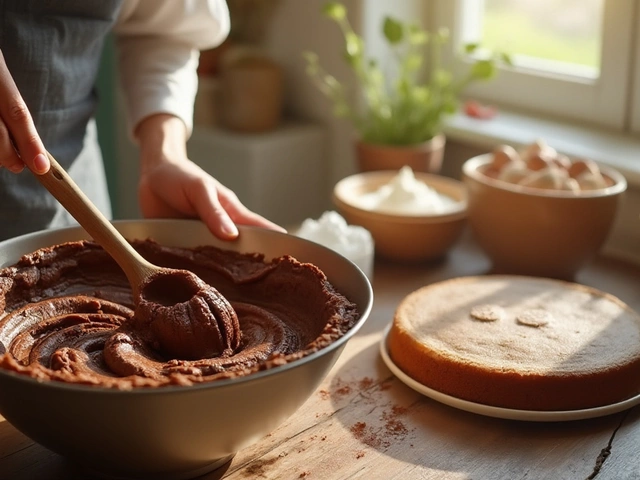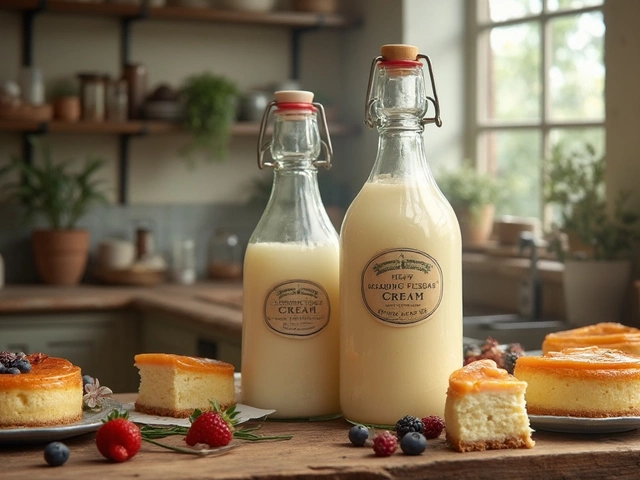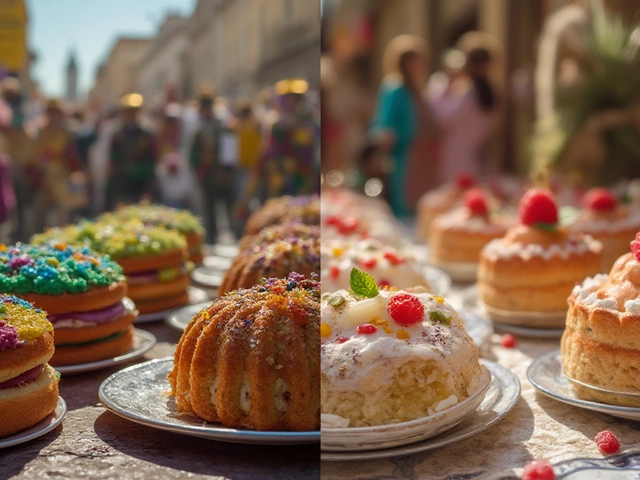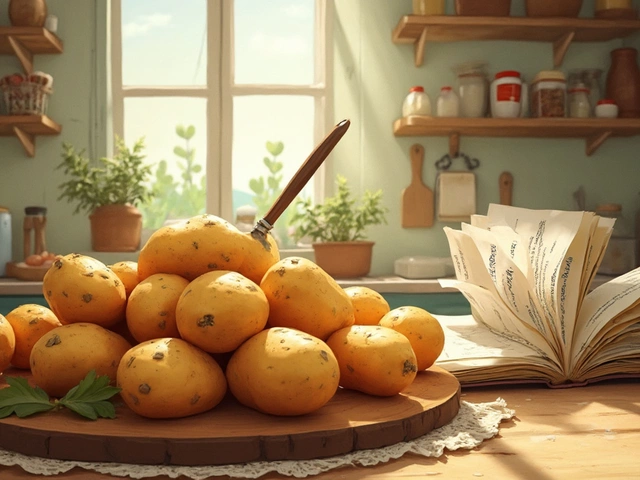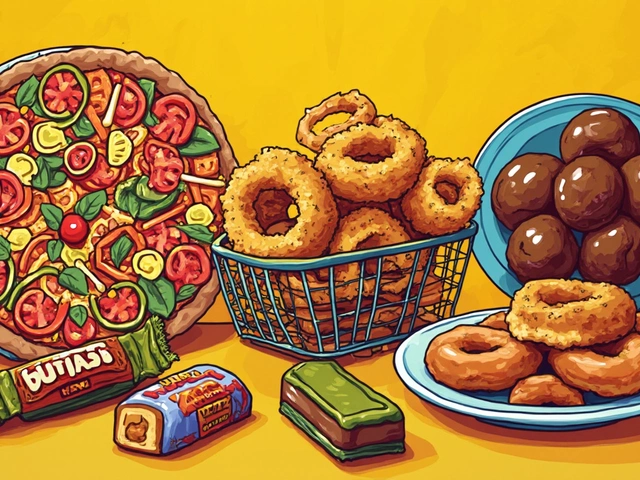Culinary Influence – The Stories Behind Our Sweet Favorites
Ever wonder why a classic tiramisu tastes the way it does, or why fudge can turn grainy in a flash? The answer lies in the mix of history, culture, and a bit of kitchen science. Below we break down some of the biggest influences shaping the desserts you love, and give you quick tips you can use right now.
History that Inspires Modern Recipes
Take tiramisu, for example. Its name means “pick me up” in Italian, and the dessert originally started as a simple coffee‑soaked ladyfinger treat in the Veneto region. Knowing that backstory helps you respect the layers – a splash of espresso, a dusting of cocoa, and just the right amount of mascarpone. If you skip the coffee or swap the cocoa for something else, you’re not just changing flavor, you’re rewriting a piece of Italian food culture.
Another tasty tale comes from cannoli. Sicilian bakers first filled crisp pastry shells with sweet ricotta in the 9th century. The story behind the filling shows why the texture matters: a light, airy ricotta keeps the shell from getting soggy. When you follow that tip, your homemade cannoli stay crunchy, just like the originals.
Even everyday brownies have a history. The first brownie recipes appeared in the early 1900s as a quick, chocolatey snack for busy households. Over time, bakers learned that storing brownies in an airtight container keeps them soft. Knowing this short history explains why a moist brownie feels “right” and helps you avoid the dreaded dry crumb.
Science and Secrets That Keep Desserts Delicious
Fudge is a perfect showcase of the science behind culinary influence. Hitting the soft‑ball stage (around 235°F to 240°F) gives you that smooth, melt‑in‑your‑mouth texture. If you boil the mixture too long, the sugar crystals become too large and the fudge turns grainy or rock‑hard. A quick temperature check with a candy thermometer saves you from disappointment every time.
Gluten‑free bakers face a unique challenge: cakes often sink or turn dense. The culprit is missing the structure that gluten provides. Adding a little xanthan gum or using a blend of gluten‑free flours can give the batter the lift it needs. A simple swap prevents that sad, sunken look and makes the cake fluffy again.
Egg‑less cheesecake lovers also benefit from understanding the role of eggs. Eggs help set the custard and give the slice a smooth bite. If you leave them out, the cheesecake can crack or become watery. Using a blend of silken tofu or a dash of cornstarch mimics that binding power while keeping the dessert vegan‑friendly.
Even the choice of sweeteners influences how desserts age. High‑fructose corn syrup can keep brownies moist longer, while natural sugar may lead to quicker drying. Knowing which sweetener fits your recipe lets you plan storage and serving times better.
All these examples show that culinary influence isn’t just a buzzword – it’s the blend of history, culture, and kitchen chemistry that makes each bite memorable. By paying attention to where a recipe comes from and the science behind it, you can upgrade any dessert from ordinary to unforgettable.
Ready to test what you’ve learned? Pick one of the dishes above, try the tip, and watch the difference. You’ll not only taste the improvement, you’ll feel the story behind it.

What Brazil Inherited from Italy: Tiramisu's Journey
Brazil's culinary scene has been greatly enriched by Italian influences, with tiramisu standing out as a popular dessert that has captured the hearts of many Brazilians. Discover the fascinating journey of this classic Italian treat and how it has been embraced in Brazil, along with some unique twists. Whether you're a dessert enthusiast or curious about cultural exchanges in the kitchen, this article sheds light on this sweet connection.
View More
